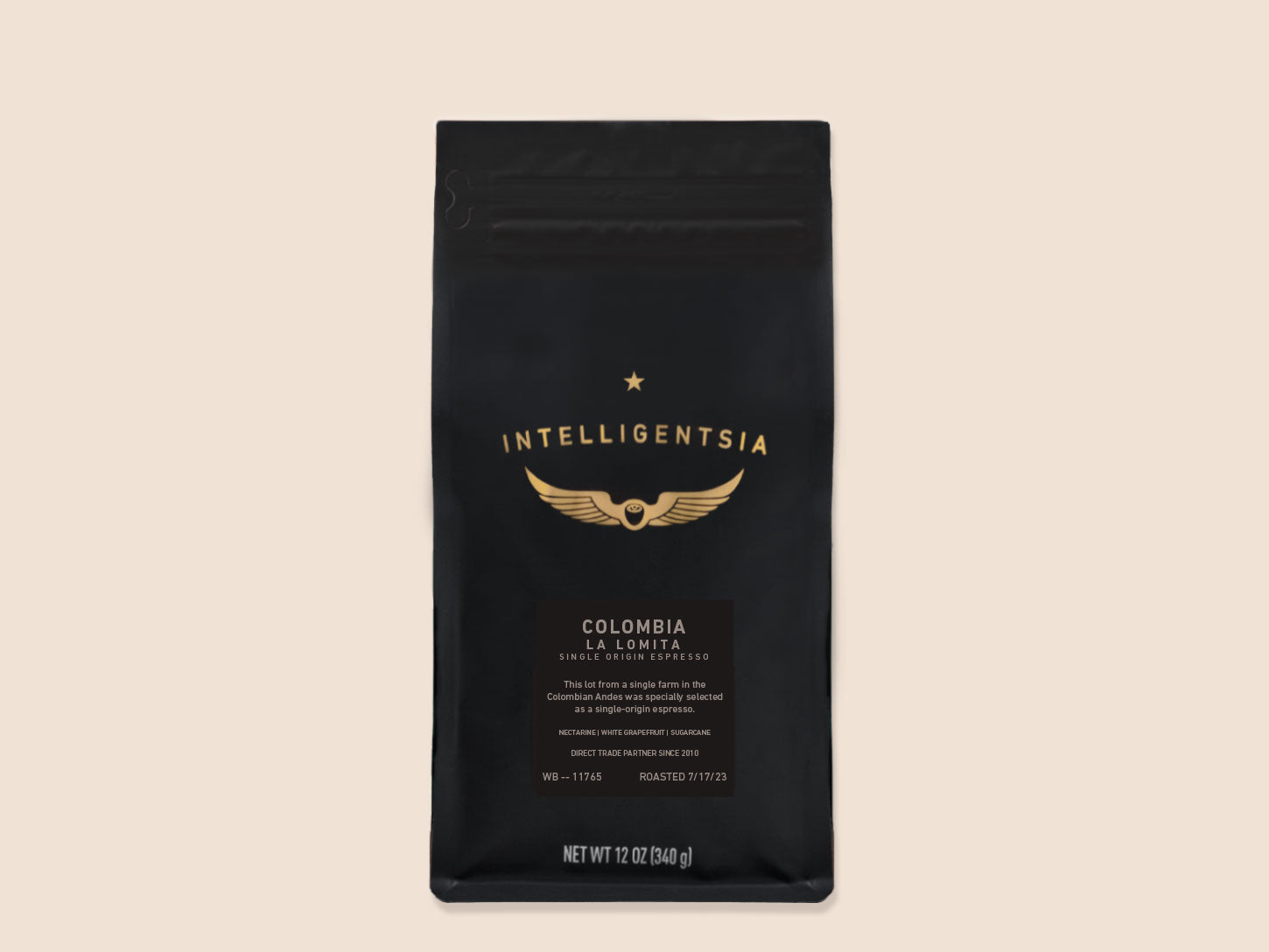Exploring the Origins Behind Specialty SOE Single Origin Espresso
Exploring the Origins Behind Specialty SOE Single Origin Espresso
Blog Article
Understanding Coffee Beans: the Trip From Coffee to Blended Coffee Beans

The Origins of Coffee: A Worldwide Viewpoint
While you might think of coffee as a modern-day staple, its beginnings trace back centuries, linking with societies across the globe. The tale starts in Ethiopia, where legend states a goat herdsman called Kaldi uncovered the stimulating results of coffee beans after noticing his goats frolicking vigorously after consuming them.
As trade paths broadened, coffee made its means to Europe in the 17th century, swiftly acquiring popularity. Each society added its special spin to coffee prep work, enhancing its background.
Farming and Harvesting of Espresso Beans
As coffee's trip evolved, the focus changed to the growing and harvesting of specific bean selections, particularly those used for coffee. You'll discover that coffee beans commonly come from Arabica or Robusta plants, each offering unique flavors. The ideal expanding conditions consist of high elevations and rich, well-drained soil, which boost the beans' quality.
During the harvest, choosing techniques differ. Timing is important; you want to gather when the cherries get to peak ripeness for optimum flavor.
When gathered, the beans are gotten ready for handling, which is essential in establishing their last taste. Comprehending the farming and collecting procedures offers you understanding into what enters into your favorite espresso, improving your appreciation for every mug.
Processing Approaches: From Cherry to Bean
Since you have actually discovered harvesting coffee beans, let's check out just how those cherries change into the coffee beans you enjoy. You'll see just how various harvesting strategies impact taste, followed by the crucial actions of fermentation and drying. Ultimately, we'll break down the milling and grading procedure that determines your coffee's quality.
Harvesting Methods Explained
When it comes to coffee, comprehending harvesting strategies is crucial, because they straight affect the flavor and top quality of the beans you appreciate. Discerning selecting includes hand-picking only ripe cherries, ensuring you obtain the best quality beans. Inevitably, the selection of harvesting technique can significantly influence your coffee experience, so it's worth understanding exactly how those beans made it to your cup.
Fermentation and Drying
After collecting, the next actions in handling coffee beans play a considerable duty in forming their flavor. You'll discover that fermentation is vital, as it aids break down the mucilage surrounding the beans, enhancing their preference profile. Depending on the method, this procedure can last from a few hours to several days, with differing outcomes based on temperature and moisture.
When fermentation is full, drying out complies with, which is similarly essential. You can pick from sun-drying or mechanical drying out methods. Sun-drying enables the beans to take in tastes from the atmosphere, while mechanical drying guarantees regular dampness degrees no matter of weather condition. Correct drying out is important to avoid mold and mildew and maintain the beans' quality, ultimately influencing your cup of coffee.
Milling and Grading Process
As fermentation and drying established the phase for flavor development, the milling and grading procedure warranties that just the ideal coffee beans make it to your cup. This stage entails getting rid of the external layers of the coffee cherry, including the parchment and husk. After milling, the beans are sorted by size and weight, ensuring an uniform high quality. You'll discover that grading helps identify problems and classify beans, which impacts taste and scent. Top quality beans obtain a greater quality, resulting in a richer coffee experience. Once graded, the beans are ready for product packaging and delivery, preserving their special attributes. This thorough procedure is important for supplying the extraordinary preference you enjoy in every sip of your preferred brew.
Toasting Methods: Opening Flavor Possible
When you roast coffee beans, the method you select can drastically influence the taste profile. Recognizing the relationship in between time, temperature, and roasting methods is key to exposing the possibility of your mixture. Allow's check out just how these aspects collaborated to produce the ideal cup.
Roasting Approaches Described
While you could assume that all coffee toasting methods yield the very same results, the truth is that each strategy discloses special flavor possibilities in the beans. Drum roasting utilizes a turning drum to evenly distribute heat, enhancing caramelization and producing a well balanced flavor. Air roasting, on the other hand, distributes hot air around the beans, promoting a lighter roast with obvious acidity.

Impact on Taste Profile
Different roasting methods not only affect the procedure yet likewise considerably impact the taste account of the coffee beans. Dark roasts, on the various other hand, bring out bold, smoky flavors, sometimes masking the bean's special qualities. Understanding these nuances aids you value the creativity behind your mug of coffee, improving your overall experience with every sip.
Time and Temperature Level Variables
To launch the complete taste possibility of coffee beans, both time and temperature throughout the roasting process play substantial roles. When roasting, you'll find that higher temperature levels can swiftly establish tastes, but if you hurry it, you could wind up with scorched notes. On the other hand, lower temperatures permit a much more progressive taste growth, showcasing the beans' distinct characteristics.

Timing is equally as vital; expanding the roast as well long can cause a loss of level of acidity and illumination, while also short a roast may leave the beans underdeveloped. Locating that wonderful place calls for technique and testing. By adjusting these elements, you can reveal the abundant, intricate tastes concealed within each bean, producing a genuinely remarkable coffee experience.
The Art of Mixing: Crafting Unique Coffee Accounts

Start by picking a base coffee that gives a strong foundation. An intense Ethiopian bean can bring fruitiness, while an abundant Brazilian coffee includes body.
As you blend, keep in mind that each mix narrates. You're not just making coffee; you're developing an experience. So, take your time, taste regularly, and enjoy the journey of uncovering your trademark blend.
Brewing Techniques: Exactly How Prep Work Influences Taste
Blending coffee opens up a domain name of flavor opportunities, however how you brew that mix can significantly influence your final cup. Different developing methods draw out special flavors and scents, so it's vital to choose wisely. A French press permits debris and oils to stay, creating an abundant, full-bodied experience. On the various other hand, a pour-over highlights the coffee's clearness and brightness, excellent for showcasing delicate notes.
Coffee, with its high stress, generates a concentrated shot that emphasizes sweet taste and crema. If you favor a lighter brew, consider a chilly brew approach; it generates a smooth, less acidic taste.
Readjusting variables like water temperature level, grind dimension, and make time can change your coffee's account. Welcome the art of developing to find the flavors concealed in your coffee blends.
The Future of Coffee: Sustainability and Advancement
As the coffee sector evolves, sustainability and development are becoming necessary for resolving environmental difficulties and conference consumer demands. You'll discover that more coffee companies are embracing green techniques, from sourcing beans morally to applying sustainable farming strategies. These changes not just help the earth yet also improve the top quality of the coffee you delight in.
You might see advancements like naturally degradable product packaging and water-saving brewing techniques that lower waste. Advanced technology, such as blockchain, is likewise coming to be popular, ensuring transparency in the supply chain, which enables you to trace your coffee back to its beginnings.
Furthermore, buying local neighborhoods and supporting farmers via fair trade initiatives promotes a more sustainable coffee community. As you sip your following cup, bear in mind that your choices can add to a brighter future for coffee. By going with lasting brands, you're not simply taking pleasure in a beverage; you're making a positive effect on the world.
Regularly Asked Concerns
What Is the Difference In Between Arabica and Robusta Beans?
Arabica beans are smoother, sweeter, and have a higher acidity, while robusta beans are stronger, much more bitter, and have even more caffeine. When making your coffee., you'll notice these distinctions Single Origin Espresso in taste and aroma.
Exactly How Does Elevation Affect Coffee Bean Flavor?
Elevation influences coffee bean flavor considerably. Greater elevations create beans with brighter level of acidity and facility flavors, while lower altitudes commonly generate beans that are much heavier and much less nuanced. You'll notice these differences in your cup!
What Are the Wellness Perks of Drinking Coffee?
Consuming alcohol coffee can enhance your energy, boost psychological focus, and even enhance physical efficiency. It's rich in anti-oxidants, may lower the risk of particular conditions, and can advertise a healthier metabolic rate when eaten in small amounts.
Can Coffee Beans Be Reused for Brewing?
Yes, you can recycle coffee beans for developing, however the taste could be weaker. If you enjoy exploring, try reusing them in different means, like cool mixtures or adding to shakes for an additional kick.
Exactly how Should I Shop Coffee Beans for Quality?
To maintain your coffee beans fresh, keep them in an impermeable container in an amazing, dark place. Avoid subjecting them to moisture, warmth, or light, as these factors can promptly deteriorate their flavor and scent.
Understanding Coffee Beans: the Journey From Coffee to Blended Coffee Beans.
Currently that you have actually learned concerning gathering espresso beans, let's discover how those cherries transform into the coffee beans you enjoy.When you roast coffee beans, the technique you pick can dramatically affect the taste profile - Single Origin Espresso.While you might believe that all coffee toasting approaches generate the same outcomes, the truth is that each strategy exposes distinct taste potentials in the beans.Various roasting techniques not only influence the process yet also significantly influence the flavor account of the coffee beans
Report this page